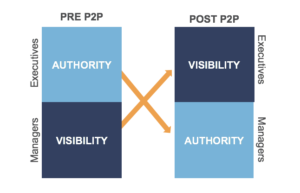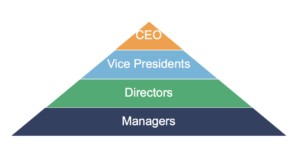Planning for the Approval Circus
September 12, 2018
My wife tells me that I think about procurement too much during my off-time. I shamelessly agree with her. We were having date night and watching The Greatest Showman starring Hugh Jackman. The film is an interesting take on the story of P.T. Barnum and his circus. As I watched the movie, I began to do my normal “analyze the supply chain” process. When I think about the circus as a business, I get hung up on approvals.
In the early stages of a growing business, there is typically total control around spend by the executives. In the case of the circus, we are looking at the ring master for that role. Every dime seems to matter exponentially more in the beginning, so the ring master wants to get in front of all that spend personally. He or she has to make sure the lion tamer is ordering meat at good value, that the trapeze artist is not ordering too much rope and that the clowns don’t get excessive with new gags. This type of approval is fine when you are a small organization because your number of resources is not going to way you down. What happens when the circus grows and your show hits the road?
This is where we start to see the breakdown of an early-stage executive approval policy. As your employees and business units expand and become more independent in what they deliver to their customers, shouldn’t the approval authority follow? I have seen instances where organizations were unable to shift out of the executive approval mindset but were still insistent on moving to a P2P system to make the organization more efficient. This is where you have to look at the risks of your approvers becoming “rubber stamps” because of the volume of requests hitting their desks. If they spend too much time approving and not reviewing, we see organizations have very little visibility of what is being ordered just so they can keep up with the demand. By pushing down the authority, we flip that challenge on its head.

When you transition to a P2P tool, it is important to take your approval processes on that same journey. You need to dig in and understand the desired outcomes that are driving those decisions and figure out what matters. If you look at the image above, you can see that P2P gives your organization the opportunity to move the strategy and visibility to your executives by freeing them from being stuck in every approval. Let your managers handle the approvals and filter what makes its way up the chain.
Why is that important? If you have a poorly thought-out approval process, it will impact your business from top to bottom. The lion tamer may not get his whip and stool in time while waiting on an approval which impacts the whole show—most notably that poor lion tamer. Let’s say the clowns are not able to pay their supplier in time because invoices are not getting reviewed and approved fast enough. The joke is on them as the supplier begins to raise prices, or worse, spend more time with the competition. Figuring out how to get an efficient approval process and delegation of authority is one of the most important things you will do leading up to and during your P2P implementation.
This may seem like too much risk to implement but the good news is there are some fairly easy solutions to mitigate it and move you into the digital age of procurement and invoicing. The first thing you need to do is look at your approvals and make sure they are purposeful. Are we approving to inform or are we approving to approve? If you are looking at approvals as a way to gather information, that is something you can move past by leveraging reporting and other workflow features that don’t impact the approval timelines. This way you don’t leave your trapeze artist “hanging out” while you go through a six-person workflow.
Also, you need to leverage your existing spend data and see where your burden will lie at different approval bands. This spend analysis is something that can be sliced and diced to help give you and your executive team more clarity. You want your approval chain to look like a pyramid as you move up the hierarchy. This represents the burden falling to the levels where you have more resources to manage it.

As your circus grows, keep an eye on your approvals and prepare for the future. Educate your lion tamers, trapeze artists, and clowns on how to be good stewards with your organization’s spend.
By: Jimmy Hallsworth, Senior Manager
